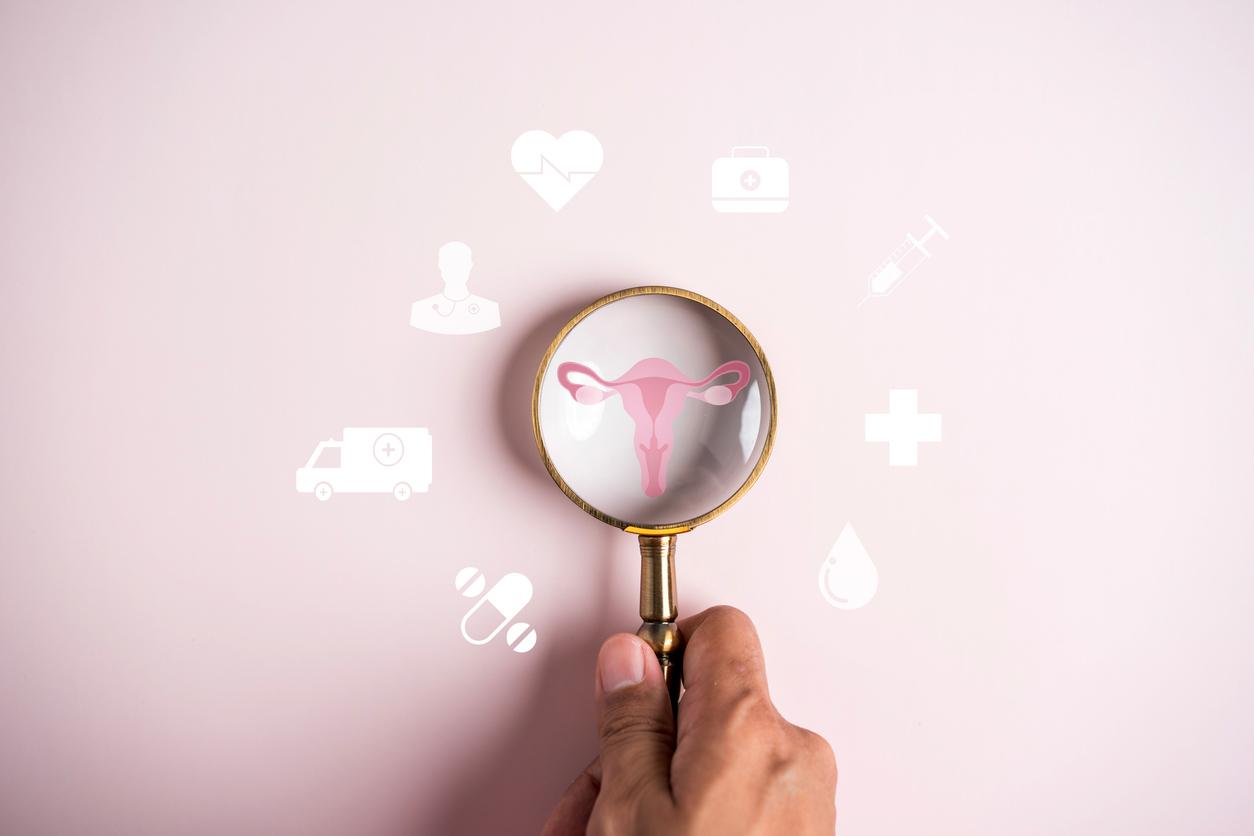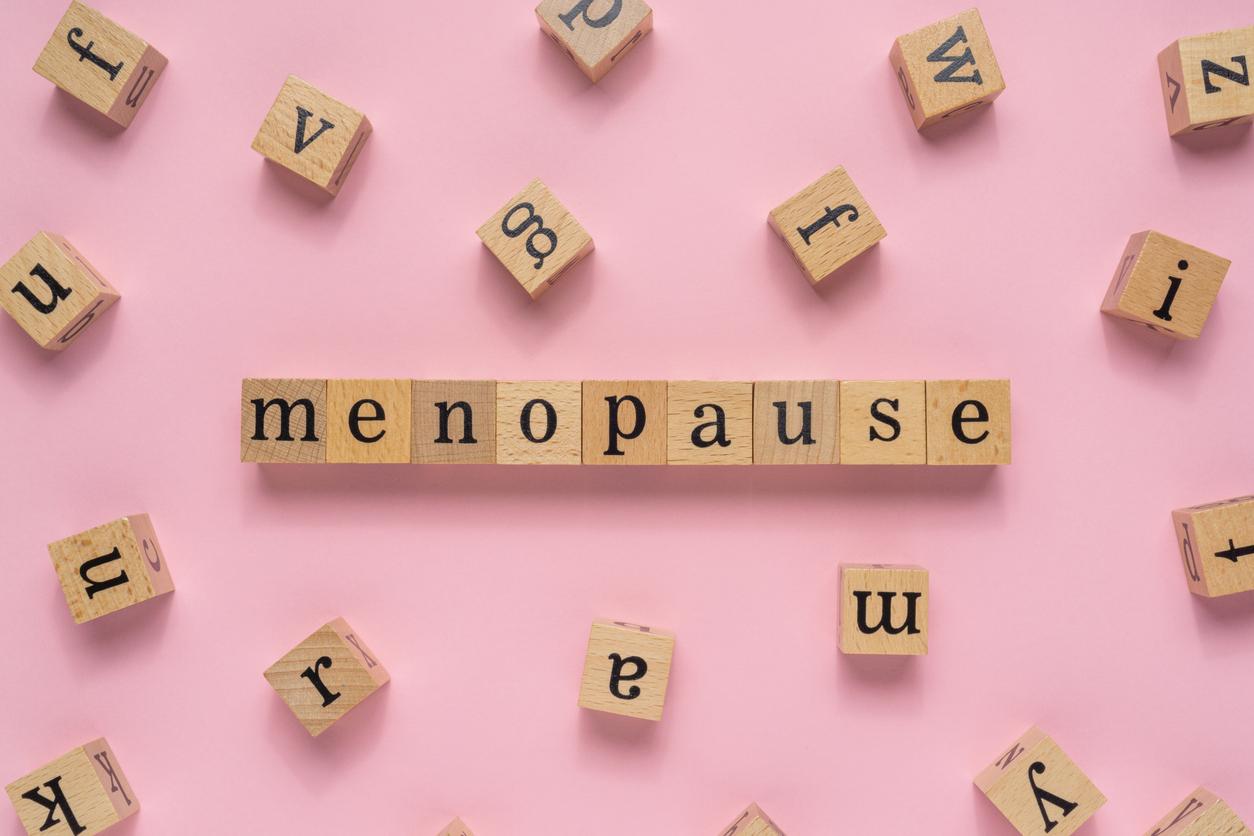Health professionals have reviewed the guidelines for the diagnosis and management of premature ovarian failure, a disorder characterized by the cessation of normal functioning of the ovaries before the age of 40.

- International healthcare professionals have reviewed guidelines surrounding the diagnosis and management of premature ovarian failure.
- The old ones dated from 2015.
- The new recommendations offer, among other things, a simplified diagnosis.
Premature ovarian failure (POI) affects approximately 4% of women worldwide. This disorder is defined by the cessation of normal functioning of the ovaries before the age of 40. In addition to infertility, it causes several complications such as psychological distress, risks of osteoporosis or cardiovascular diseases.
Good management of IOP is therefore essential for the health of patients. To enable this, several gynecological organizations as well as women who have received this diagnosis have come together to update the guidelines issued by the European Society of Human Reproduction and Embryology (ESHRE) in 2015.
Premature ovarian failure: a faster diagnosis
The 2024 guidelines for premature ovarian failure – developed by ESHRE as well as the International Menopause Society, the American Society for Reproductive Medicine and the Center for Research Excellence in Women’s Health in Reproductive Life – include 145 recommendations. They concern the symptoms, diagnosis, causes, complications and treatment of the disease. “New information is provided on the genetic causes of POI, the impact of the disorder on muscle health, the use of anti-Müllerian hormone, non-hormonal therapies, lifestyle interventions and complementary therapies”specifies the press release from Monash University.
One of the main changes presented in the review Climacteric concerns the diagnosis of this disorder, also called premature menopause. There must always be amenorrhea of at least four months before the age of 40. On the other hand, a high level of gonadotropins (FSH greater than 40 IU/l) is now sufficient in a single sample, instead of two, to establish a fertility disorder. “The FSH test should only be repeated if the diagnosis remains uncertain”specifies the press release.
Patients suffering from ovarian failure also provided their recommendations regarding the announcement of this difficult diagnosis.
“The new guideline allows for a more rapid diagnosis of IOP, conveyed in a sensitive manner and involving shared decision-making between the healthcare professional and the woman suffering from IOP”estimates Professor Amanda Vincent, co-chair of the guideline development group. The specialist adds that the clinical assessment should not be limited to symptoms. “It should also include questions about the patient’s sexual well-being, fertility needs, psychological health, cardiovascular and osteoporosis risks, and comorbidities.”

Early menopause: personalized hormone therapy to prevent complications
Concerning the therapeutic management of premature ovarian failure, the new guidelines emphasize the importance of offering personalized hormonal therapy, unless contraindicated. The implementation must be done “as quickly as possible” and continue until the usual age of menopause, between 48 and 51 years. This helps reduce symptoms and prevent complications (osteoporosis, heart disease), assures the committee.
For Professor Vincent, the new 2024 guidelines provide health professionals with “clear guidance on best practice in the care of people with POI, based on the best currently available evidence.”


















